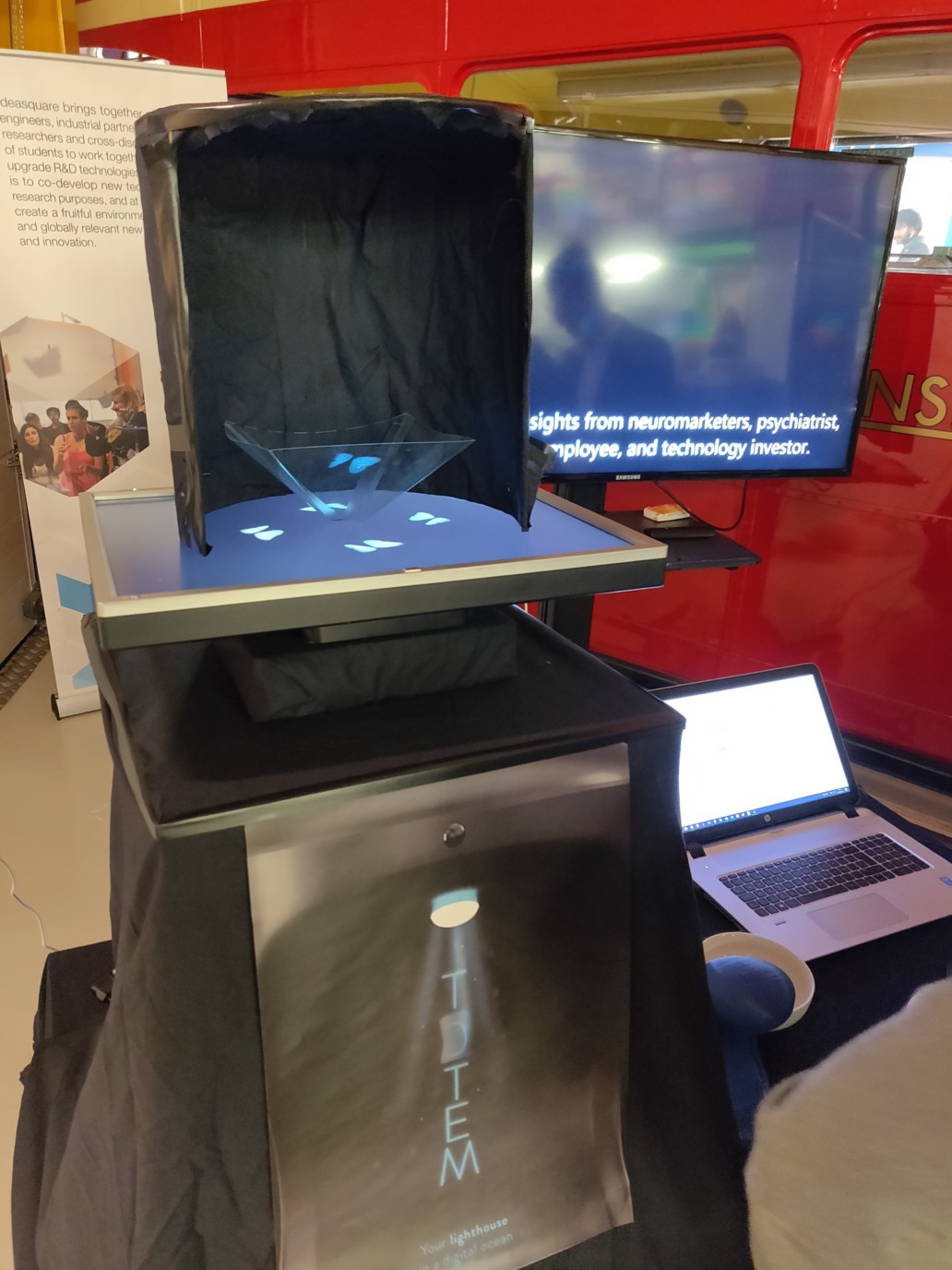SDG – 3 Good health and Well-being
The purpose of this design thinking project was to develop a solution to reduce aberrant and excessive consumption of online content. On average a user spends approximately 3 hours per day online and 98 minutes per day on social media platforms (Hootsuite 2017a). This consumption pattern may lead to negative affect on our mental and physical health (Lin 2012b, Morin 2018c).
While conversations with experts revealed that social media sites go beyond the Trigger-Action-Reward mechanism of forming a habit and Invest heavily in Machine Learning (ML) to learn what an individual likes, to create content and suggestions specific to individual, which in turn makes them hooked to the application.
Our solution is based on the outcome of our interviews and surveys, where the users realize their habitual usage and yearned for a solution for breaking the habits. Totem provides positive reinforcements to users when nonsensical online behaviour is detected. It learns about the users by data acquisition and ML and provides nudges and reminders to facilitate completion of tasks at hand and/or upcoming activities both at home and outside.
Totem consists of two components: on one hand, the mesh works as a wearable, meaning that it always travels with you. Collecting data about the way you scroll over the screen of your smartphone, it will detect whether you are using your smartphone appropriately. For instance, if you are attending a meeting and start using a social media application, the mesh will detect it. Since Totem knows you are attending a meeting, it will send you a notification in order for you to raise awareness and stop using your smartphone in the meeting.
On the other hand, the physical Totem is always at home and it works as a home assistant. Totem has a personalized hologram that enhances your relationship with it. Imagine you are at home, with no planned activities and you start to scroll over an application endlessly. Because of the mesh detection, Totem will check your schedule and, since there are no plans, he will suggest you a way to achieve one of your goals.
Totem seamlessly connects to other Internet of Things (IOT) devices for home control and can be customized based on user preferences. User data will be stored on site to provide complete ownership and privacy of data.
The way Totem works can be summarized in three steps:
- Listen: Totem collects information about the way you use your smartphone and analyses it.
- Learn: by knowing your schedule and goals, Totem will be able to provide personalized solutions for you.
- Propose: by sending nudges or suggesting activities based on your goals, that fit within your schedule, you will be able to care about what really matters.
[References: We Are Social, & Hootsuite. (n.d.). Average daily social media use via any device in selected European countries in 2017 (in minutes). In Statista – The Statistics Portal. Retrieved January 4, 2019, from https://0-www-statista-com.biblio.url.edu/statistics/719966/average-daily-social-media-use-in-se-lected-european-countries/.
Lin F, Zhou Y, Du Y, Qin L, Zhao Z, et al. (2012), Abnormal White Matter Integrity in Adolescents with Internet Addiction Disorder: A Tract-Based Spatial Statistics Study. PLoS ONE 7(1): e30253. doi:10.1371/journal.pone.0030253]
